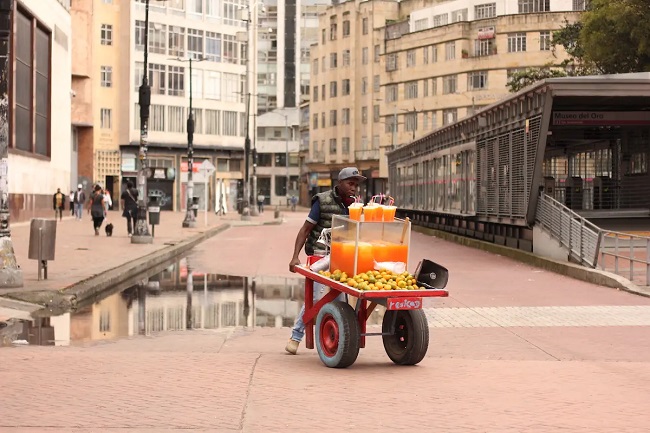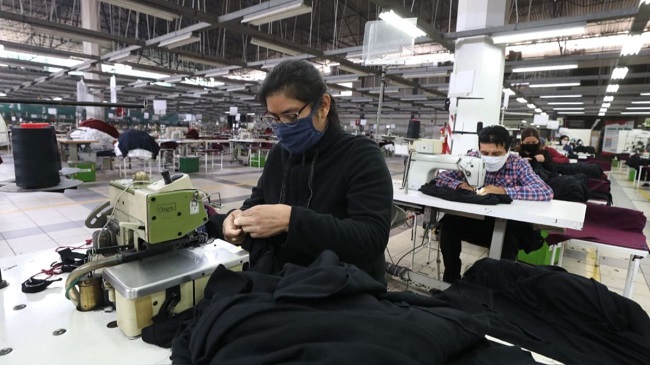More Vulnerable Workers in Latin America
especiales

After the disastrous Covid-19 pandemic, labor markets in Latin America and the Caribbean have shown some recovery from that brutal shock that marked unprecedented contractions in the labor sphere, but even so, the outlook is not promising.
A joint report by the Economic Commission for Latin America and the Caribbean (ECLAC) and the International Labor Organization (ILO), Employment Situation in Latin America and the Caribbean. Towards the creation of better jobs in the post-pandemic, indicates that the low growth of the regional economy forecast for this year, of only 1.2%, will impact the creation of jobs and their quality.

Likewise, the text warns that the growth of the occupation will be in less productive sectors, which will lead to increases in the levels of poverty and inequality in this geographical region.
This, as the levels of social protection will go nose down.
Post-pandemic
It’s not necessary to elaborate on how the pandemic mercilessly hit the economy of this geographical area, particularly harming the most vulnerable sectors and groups of workers.
From then until today, those effects have been ballast for the transition to a recovery that reaches pre-pandemic levels and that is turning out to be uneven.
Not just among the countries of the area. According to the text, there are structural gender gaps in the region in terms of participation and unemployment rates.

However, it’s worth noting a greater and better inclusion of women and young people in the labor market. In both sectors, reincorporation was faster than expected and during the transition to the post-pandemic the employment gaps by sex and between young people and adults narrowed.
During the gradual recovery of employment between late 2020 and late 2022, informal employment grew relatively more. As a result, the labor informality rate last year (50.7%) was almost the same as in 2019 (50.6%).
In parallel, the region's average labor productivity fell in 2022. Sectors such as industry, construction, and commerce in particular showed a marked contraction in productivity.
The report points out that, unlike the increase they had during 2021, real average wages stagnated in 2022, which reflects the impact of higher inflation.
Challenges
The ECLAC and ILO document insists on the need for active labor policies that promote greater job creation, greater formalization of the same, as well as greater (and better) inclusion of women and youth in the labor market.
Among the challenges faced by socio-labour policies is trying to keep the implementation of productive changes and the necessary improvements in productivity in this Latin American and Caribbean region where technological gaps jumped to the eye.
It’s also a challenge to make it easier for improvements to be reflected in wage increases and better conditions for workers, in a context of high inflation and stagnant real wages. While, at the same time, it’s necessary to keep strengthening institutions to prevent that in a context of lower growth, the gender, age and formal employment gaps do not widen.
Translated by Amilkal Labañino / CubaSí Translation Staff















Add new comment